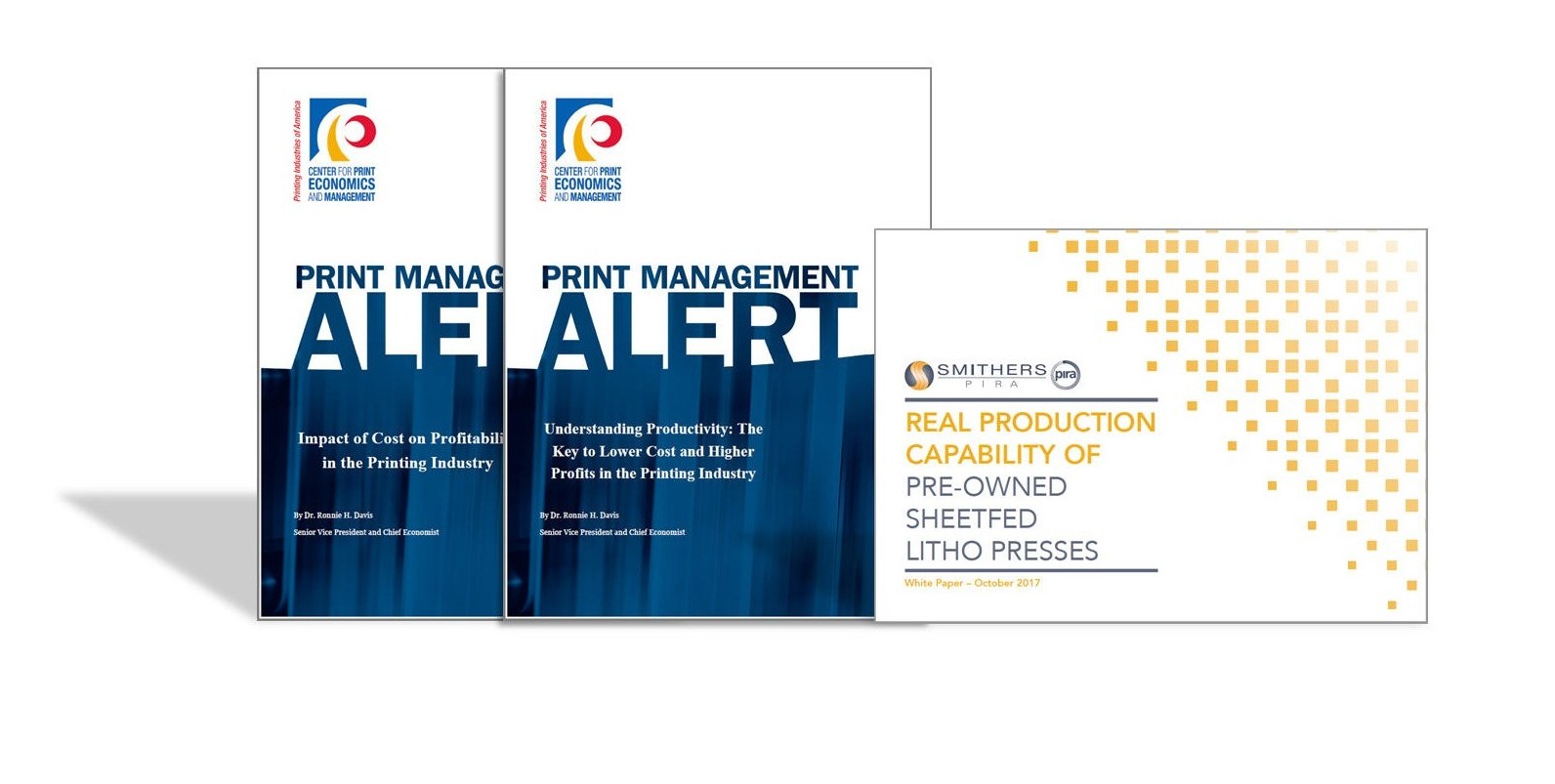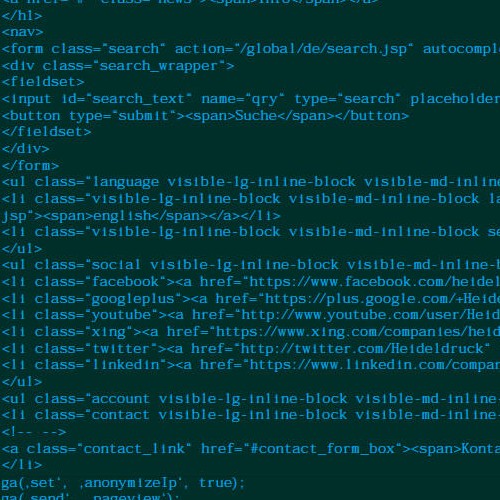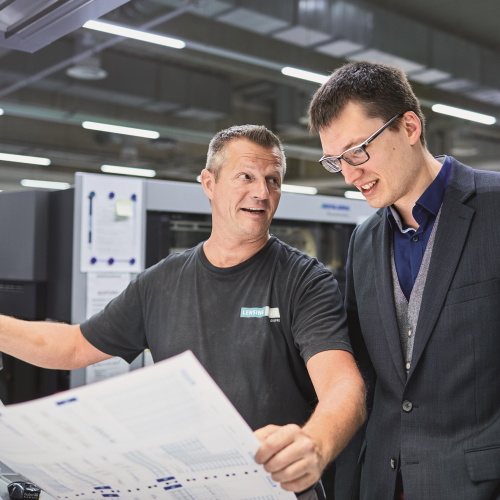“During price negotiations, I’m regularly asked how the higher cost of a Speedmaster pays off. I’m often told that if the price is 10 percent higher, then productivity has to be 10 percent higher, too – but that’s wrong,” explains André Strunk, Product Manager Sheetfed. “The financing costs only make up a fraction of the fixed costs. The vital factor is productivity, which ensures a short payback period for the press. And as a rule of thumb, an increase in productivity of just 10 percent is all it takes to cover a 30 percent higher investment,” he continues.
The printing speed reached and the level of automation play a key role in this regard, but operator ergonomics and order management are also becoming increasingly important. Speedmaster presses from Heidelberg have the edge here, as demonstrated, for example, by the latest performance data – peak values of up to 90 million printed sheets in just one year on a Speedmaster XL 106 and a Speedmaster SX 102 in Japan printing no fewer than 350 million sheets in just under six years.
Remarketed equipment is another way of evaluating the productivity actually achieved. “If you compare the impression counts for remarketed equipment on various Web portals, for example, you’ll see that Speedmaster presses from Heidelberg have a higher output on average,” says Rainer Wolf, Head of Product Management Sheetfed.
A study by Smithers Pira confirms this fact.


In the 70 × 100 format class, for example, other manufacturers’ machines only achieved 73.5 percent of the output of HEIDELBERG presses on average. “This means the performance of Speedmaster presses is 36 percent better. The difference is greater still for the 50 × 70 format, with HEIDELBERG presses printing around twice as many sheets each year,” Wolf reveals.
The Smithers Pira study also investigated how this difference in productivity affects unit costs. Once again, the results are clear – the printing costs for a Speedmaster XL 106 that in this case represented a 27 percent higher investment were over 11 percent lower than for other manufacturers. “The numbers add up here, too, because productivity ultimately beats price,” says Wolf.
Large businesses are far from the only ones to benefit from higher productivity. Smaller print shops also need to become more productive to survive on the market. Presses that are more productive can cope with production peaks and minimize costs for overtime, additional shifts and higher weekend rates. What’s more, it is often possible to replace several older presses with just one new one.
An extra cost of 30 percent for machine 2 means the overall machine costs per hour are just 10 percent higher. In other words, the print shop only needs to produce 10 percent more jobs, not 30 percent, to compensate for a 30 percent higher machine price. If it does indeed achieve a 30 percent higher output, the printing costs drop by 15 percent (costs of 110 percent with an output of 130 percent).
Intelligent machine control is the key, supporting operators at precisely the points at which they become a bottleneck. However, it all starts much earlier in the process – at the prepress stage and with the management information system (MIS). Digitally networked processes are far easier to automate and optimize than analog ones.
With the Push to Stop concept, Heidelberg has transformed industrial print production with sheetfed offset presses and created a clear vision. Processes have previously been actively planned, started and completed by operators, but the press and intelligent Prinect software will take over these tasks in the future. Job sequences running on a fully autonomous basis and navigated makeready processes for more complex job changes are now a reality. Numerous assistance systems free up operators and ensure optimum performance is the norm rather than the exception.
“As the market leader in sheetfed offset, Heidelberg stands for quality and productivity. State-of-the-art technology and intelligent software deliver significant productivity benefits that quickly pay off and make our customers more competitive,” sums up Strunk.

Digital Services help print shops increase their performance and availability efficiently.

When it comes to the subscription model, Lensing Druck is one of the pioneers. The decision was a smart move, remarks Robert Dembinski, Managing Director of Lensing Druck, in this interview.

HEIDELBERG News features articles about industry trends, new technologies, print applications as well as success stories of print shops from around the world.